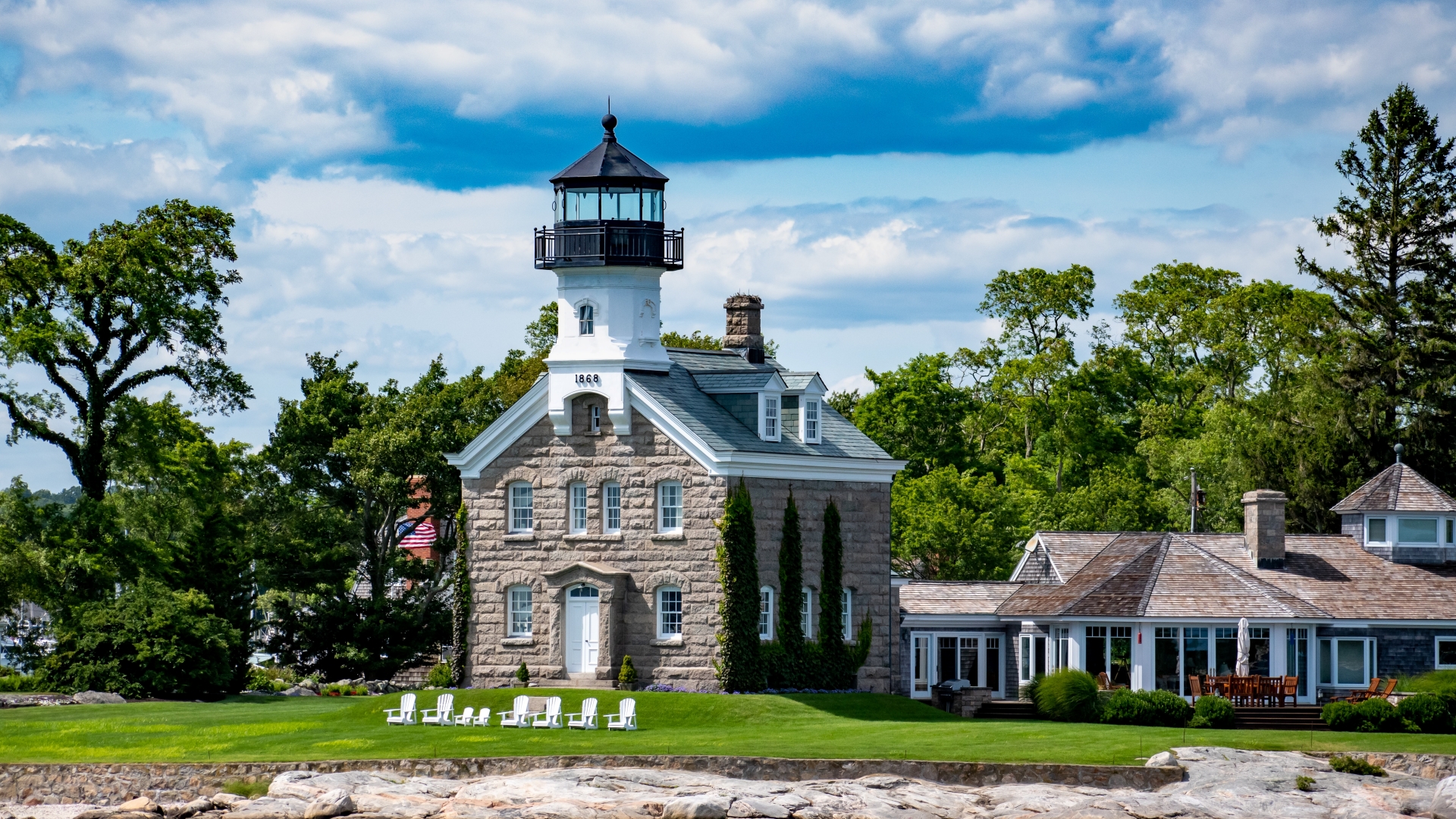While winter can be fun, it isn’t a great time for your landscaping because the storms that come with it can wreak havoc, leaving severe consequences. The damage the cold weather inflicts on your lawn doesn’t just disappear with the start of warm weather. Understanding the landscape issues you’ll likely experience after winter can help you safeguard your property better. Discussed below are five common landscape problems after winter.
1. Snow mold
Snow mold is a fungal lawn problem that occurs when wet leaves or snow cover remain on your lawn for an extended period. It affects grasses like:
- Kentucky bluegrass
- Bent grass
- Annual bluegrass
While snow mold is active throughout winter, the damage becomes more visible during spring as the snow starts melting. As the snow starts melting away, straw-colored, round patches that vary in size appear throughout your backyard. The grass in the patches is usually crusty and matted down. Patches resulting from the gray snow mold will be grayish-white in color, while those caused by the pink snow mold will be whitish-pink.
The pink snow mold is more severe because it can kill grass plant roots and the crown. To remove snow mold, wait until the temperatures start warming up to begin lawn mowing. Remember not to mow the lawn if it’s damp or if a recent snowfall has happened to ensure the roots don’t get damaged further.
2. Salt damage
De-icing salts provide vital safety on your landscape by melting hazardous ice blocks in areas that experience high foot traffic. Nonetheless, winter salt damage can be a significant issue on your landscape by negatively affecting plant health or even killing them outright due to overexposure. Since excess de-icing salt penetrates your lawn’s soil, plants absorb sodium through the roots, robbing roots of crucial water and causing dehydration.
Your lawn may experience damage via indirect exposure, with passing snow blowers and vehicles spraying accumulated salt onto your plants, damaging the buds, leaves, and tiny shoots. To prevent the risk of winter salt damage, only use as much de-icing as needed and where it’s required the most to reduce the impact on your:
- Lawn
- Hardscaping
- Garden plants and trees
3. Frost cracks
Frost cracking can injure tree barks in winter, threatening tree health. Fluctuating winter temperatures cause this problem. The constant switch from freezing to warmer temperatures makes the inner bark layers expand and contract repeatedly, causing tension that eventually results in frost cracks. Consider mulching your trees during fall to trap the moisture from watering.
4. Vole damages
During winter, voles build an intricate network of galleries and burrows under the lawn. The damage remains invisible until the snow starts melting away. Voles cause significant damage to young trees and shrubs. Since vole damage only becomes apparent in spring, eliminating their possible food sources before winter begins is the only way to safeguard your landscaping. Consider trimming your lawn and cleaning up leaves to lower the risk of vole damage. Raking away dead grass and reseeding the affected area after winter can help cover the trails.
5. Crown hydration
Crown hydration is a destructive abiotic injury that normally occurs in late winter after freezing and thawing periods. Turfgrasses, including perennial ryegrass and annual bluegrass, are susceptible to crown hydration. Extreme weather fluctuations during winter can cause plants to die. Crown hydration can be prevented by enhancing soil drainage through the elimination of standing water.
Endnote
The aftermath of winter comes with multiple landscape issues. Familiarize yourself with the common landscape problems to expect after winter.










